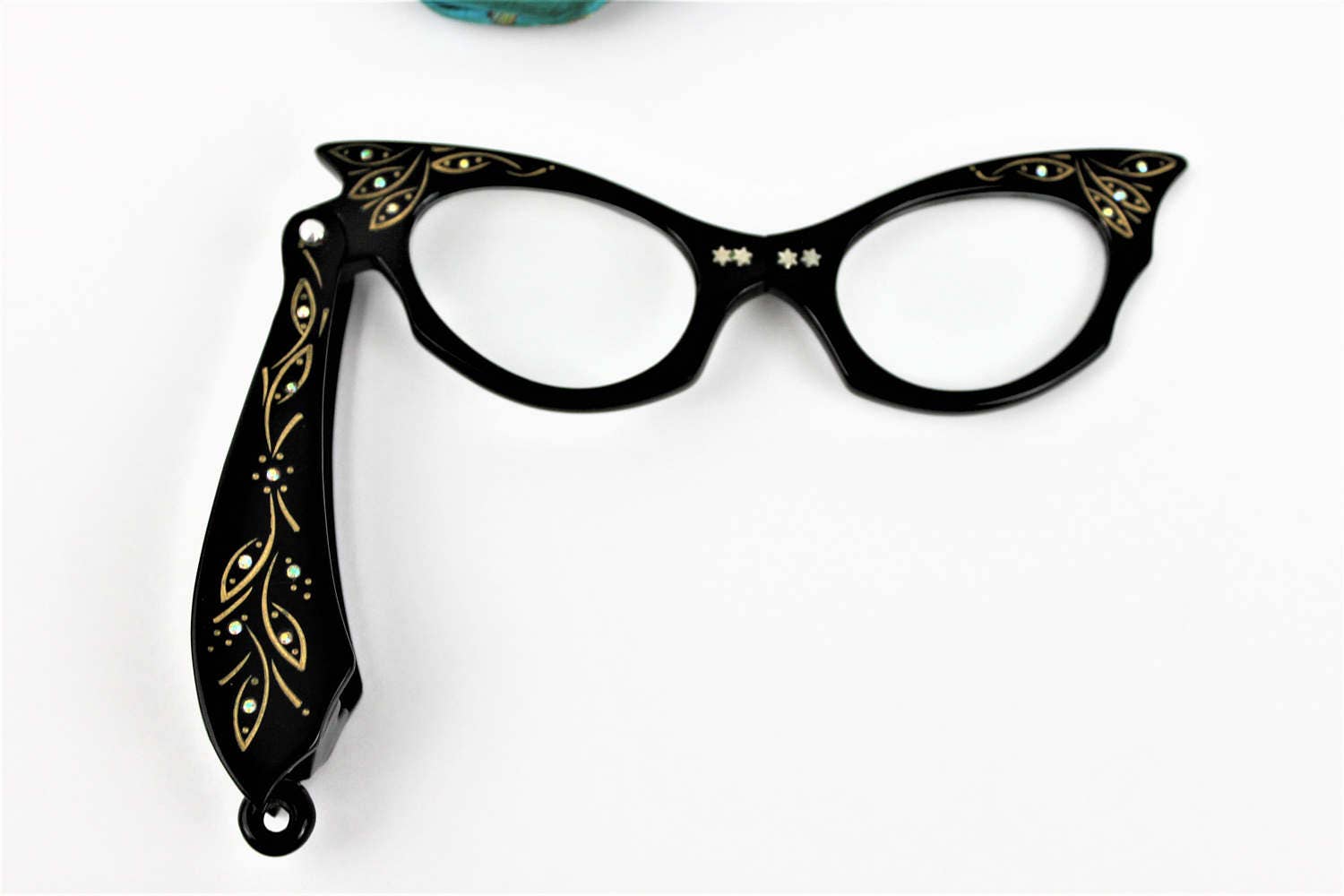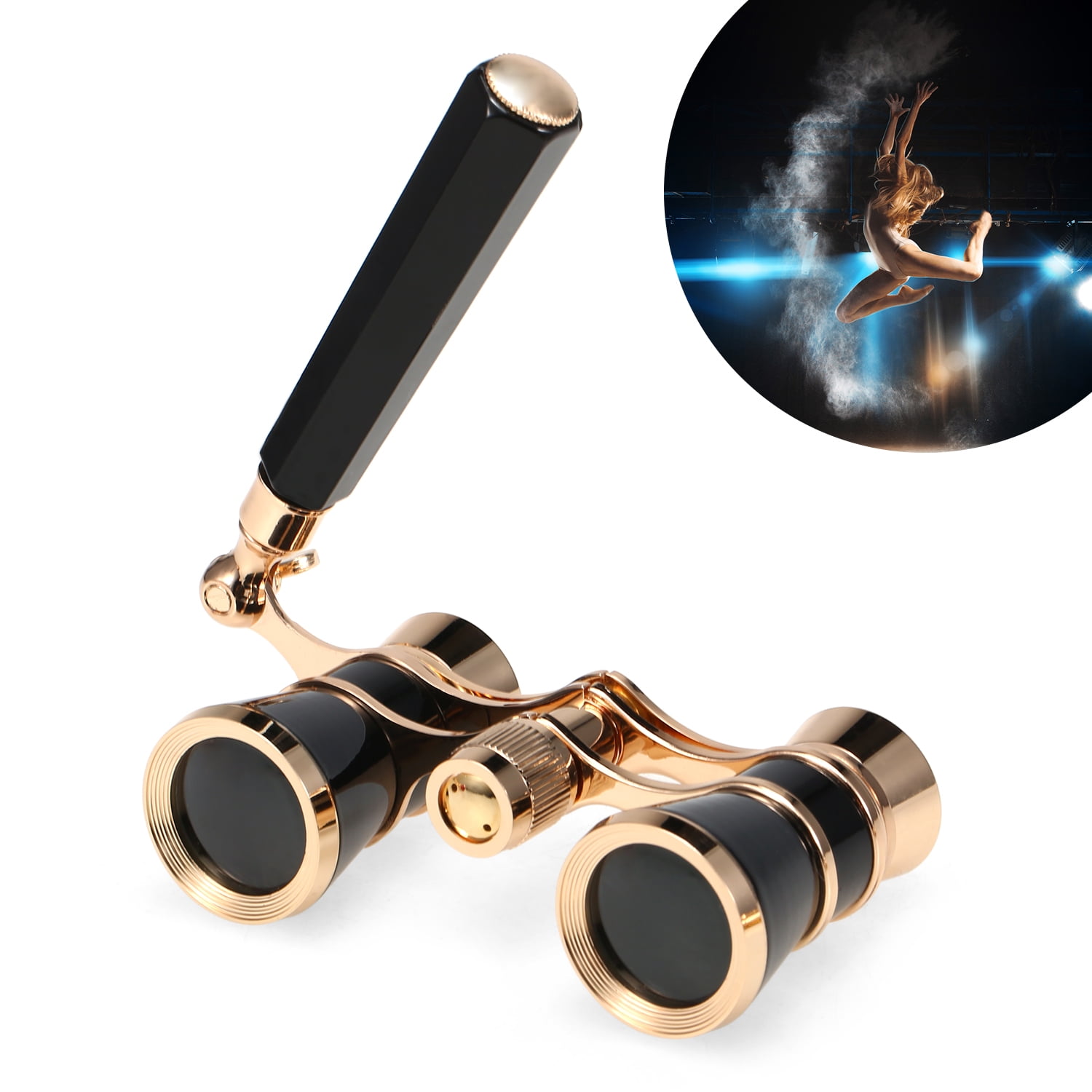

It basically means that they have a convex objective lens but a concave eyepiece. Just like some of the earliest binoculars ever made, many specialist Opera glasses use the Galilean optical design and are therefore sometimes referred to as a Galileo Binocular. It is important because a field or angle of view that is too narrow will prevent you from getting the whole stage into the view when looking through the optics. More important than the magnification is their field of view, which is basically the horizontal width of the image you can see while looking through the binoculars at a certain distance. It also means that it is easier to achieve a large or wide field of view. This is because at this level of magnification image-shake is kept to a minimum making watching the performance as comfortable and as easy as possible. Generally a magnification below 5x is recommended for an opera glass and most specialist pairs have a power of 3x. So just what makes a good theatre glass and what features do we need to look out for? Magnification For this article I will be using the terms that end in binoculars to describe standard binoculars that are also suitable to take to an indoor event and either opera or theatre glasses to describe optics specifically designed with that purpose in mind. These include Theater binoculars, Galilean binoculars, Opera Binoculars, Theatre glasses or the most popular, Opera glasses. There are a number of terms used to describe optics that are used at performance events like the opera, theatre or even the ballet.

> Skip the blurb, show me the best theatre binoculars | Opera Glasses Binocular Reviews Home > Binoculars by Use > Opera Glasses


 0 kommentar(er)
0 kommentar(er)
